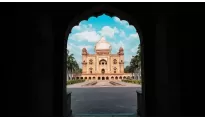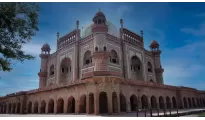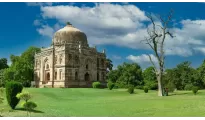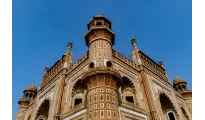Entrance and Gardens
Main Gateway: Start your tour at the grand entrance, which features intricate Mughal architectural elements. The gateway itself is a significant structure, setting the tone for the visit.
Charbagh Garden: The tomb is set within a large, well-maintained Charbagh (four-quadrant garden), typical of Mughal garden layouts. Enjoy a leisurely walk through the gardens, taking in the symmetrical design, water channels, and pathways.
The Tomb Structure
Central Dome: The main tomb structure is topped with a large central dome, a characteristic feature of Mughal architecture. The dome provides a majestic focal point as you approach the tomb.
Architectural Details: Notice the intricate red sandstone and marble decorations, including floral motifs, calligraphy, and geometric patterns. The use of contrasting red and white materials adds to the visual appeal.
Inner Chamber
Grave of Safdarjung: Inside the tomb, you will find the grave of Safdarjung, a powerful statesman during the Mughal era. The interior is relatively simple compared to the exterior but carries a solemn atmosphere.
Decorative Elements: The inner chamber also features delicate plasterwork and ornamental designs, enhancing the aesthetic beauty of the space.
Surrounding Pavilions and Structures
Jangli Mahal: To the left of the tomb, this pavilion served as a residential area for the caretakers. It's a good example of Mughal residential architecture.
Moti Mahal and Badshah Pasand: These pavilions on the right side of the tomb were used for various purposes and showcase different architectural styles and functional designs.
Viewpoints and Photography
Panoramic Views: Climb to the higher platforms for panoramic views of the surrounding gardens and the tomb itself. These spots are ideal for photography.
Photography Tips: Early morning or late afternoon light offers the best conditions for capturing the intricate details and overall grandeur of the tomb.
Historical Context
Information Boards: Throughout the complex, you'll find information boards providing historical context and details about the architecture. These are helpful for understanding the significance of Safdarjung and the tomb.
Guided Tours: Consider hiring a local guide for an in-depth explanation of the tomb’s history, architectural features, and the era in which it was built.
Tips for the Tour
Location: Intersection of Safdarjung Road and Aurobindo Marg
Metro Station: Jor Bagh
Open: Daily
Timings: Sunrise to Sunset
Entry Fee: 
25 (Indians),

300 (foreigners)
Photography Charges: Free (still
camera),

25 (video camera)
Amenities: Basic amenities such as restrooms are available near the entrance.
Respect the Site: As a historical monument, it is important to respect the site, avoid littering, and follow any guidelines provided by the caretakers.
Nearby Attractions
Lodhi Gardens: A short drive away, this is another beautiful garden featuring historical tombs and lush greenery.
Humayun’s Tomb: Another significant Mughal monument, located a bit further but worth the visit for its grand architecture and historical importance.
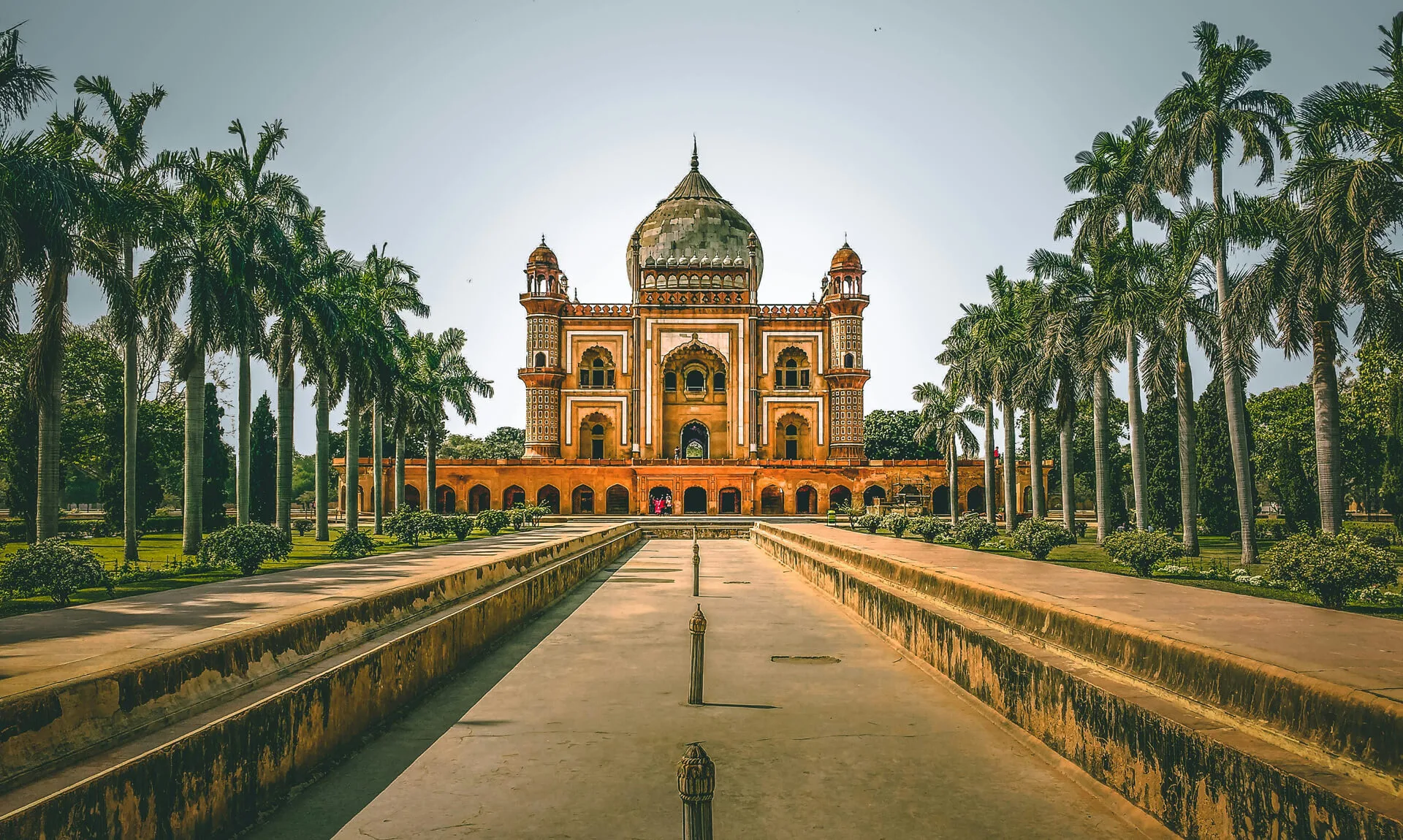
 25 (Indians),
25 (Indians),